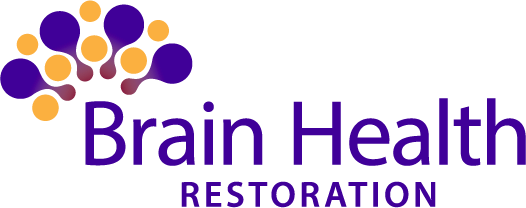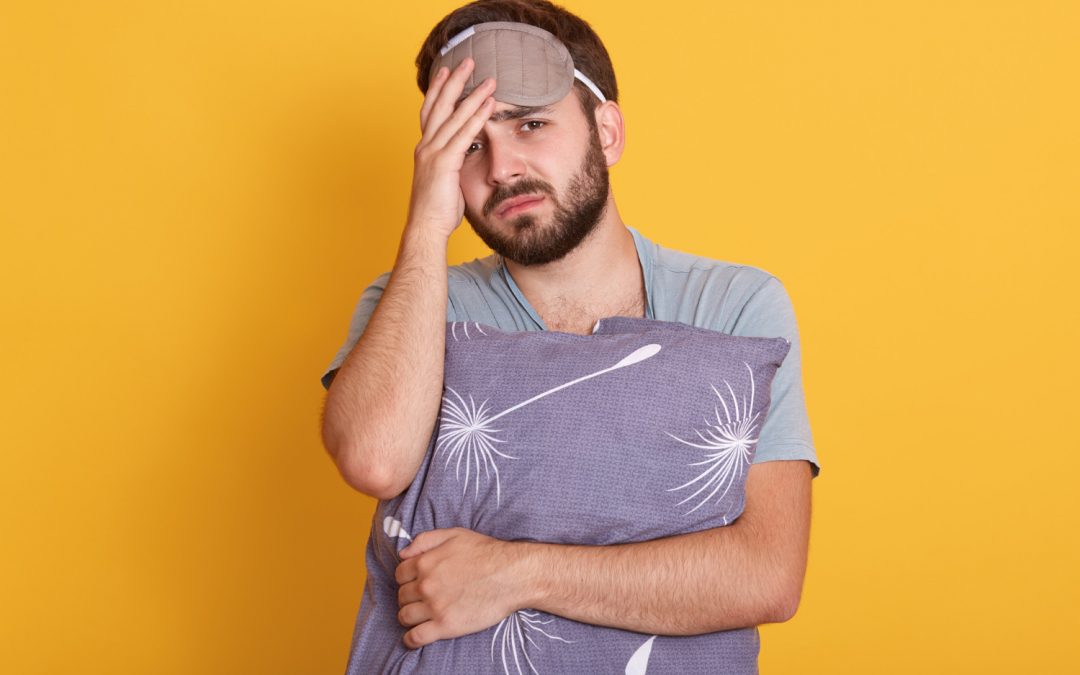A great night’s sleep matters in more ways than you can probably dream up. Our physical well-being depends upon it. Our emotional state depends upon it. Our brains absolutely have to have it to function properly every single night, in fact. (Studies have actually shown that there really is no “catching up” when it comes to sleep deprivation.)
Many important brain functions happen only when we are dreamland. In deep sleep, our brain is in the delta state – it is like our brain supercooling effect. As BHR’s medical director, Dr. Jeralyn Brossfield puts it: “Like the largest computer systems in the world that have a whole room of fans to cool them, our brain manages this process at night when we sleep.”
Not only that, but our brains are hard at work cleaning house while we are sleeping. The ingenious glymphatic system is like an internal plumbing system that uses cerebrospinal fluid (CSF), to wash away biological waste products, including β-amyloid plaques shown to contribute to Alzheimer’s disease.1
Positioning Yourself for the Best of ZZZZs
On average, we change sleeping positions about 35 times each night. A good thing perhaps, since chronically sleeping in any position can have consequences such as the neck, shoulder, hip, lower back pain and contribute to sleep apnea.
But there are pros and cons to each position, depending on your personal physiology and certain conditions, of course.
Back Sleeping: Great to keep the spine in alignment and, if propped with the head above the stomach, good for acid reflux. To make back sleeping more comfortable and release any pressure off the low back, place a pillow under the knees.
If you suffer from sleep apnea or snoring, then sleeping on your back is not your best option. Sleep Apnea can worsen a long list of conditions including short-term memory loss, mood disorders and risks for heart attack, heart failure and strokes – just to name a few. Consult your physician for recommendations on sleep patterns and positions.
Side Sleeping: Lateral sleeping on the left side is generally thought to better than sleeping on the right – it can help to promote healthy circulation, particularly during pregnancy. A pillow between the knees can help keep stress off the lower back and if you are pregnant, supporting the belly with a pillow might also be helpful. However, in some people’s bodies, the internal organs may shift and place additional pressure on the heart.
Right lateral sleeping has its benefits too. One, sleeping from side to side will help to even out the joint pressure and give the organs equal opportunity to work with gravity. When on the right side, internal organs may shift to cause pressure on the right lung. The decreased lung volume may compromise blood oxygen levels, straining the cardiovascular system associated with certain conditions.
Although the fetal position is the most preferred side sleeping shape, it is better to try to stretch out. Make sure your chin isn’t tucked tightly so you can have an open airway. Lengthening the legs and arms out will also help to alleviate back and joint pain and stiffness in the morning.
Stomach Sleeping: The worst position is prone because it is difficult to find a neutral position here. Stomach sleeping can lead to numbness, tingling or irritating nerves from the pressure it creates on the joints. If you really want to sleep this way, ensure you are face down with the forehead propped up to keep your airway open and your neck neutral.2,3,4
An Additional Sleep Tool: When Shifting Positions Isn’t Enough
MeRTSM offers the potential for individualized sleep optimization. The difference between MeRTSM and TMS is the application of a variable treatment frequency to precisely target the individual’s current brain wave patterns. MeRT uses three FDA-approved technologies: Quantitative EEG Analysis, Transcranial Magnetic Stimulation and the EKG analysis of an individual patient’s heart rate. These technologies are married through the intrinsic harmonic relationship between the primary synchronizer of the brain, the alpha rhythm, and the heart rate.
The resultant frequency and coil location generated by MeRTSM provides an extremely precise and highly individualized treatment protocol. The importance of the individualized frequency and localization generated by MeRT cannot be overstated.
MeRTSM is a treatment protocol that is non-invasive, essentially pain-free and with minimal or no side effects and allows you to return immediately to normal everyday activity.
Brain Health Restoration clinic offers Magnetic e-Resonance Therapy (MeRTSM), a fully customized treatment protocol with expected benefits of better sleep. To find out more or to see how MeRTSM might help you please contact us here.
1Adrian, Jonathan. “Why You’ve Been Sleeping All Wrong.” 14 Sept. 2019. Medium.com. medium.com/@jonathanoei/why-youve-been-sleeping-all-wrong-87b2295314c0
2“How Your Sleep Position Affects Your Health.” WebMD. webmd.com/sleep-disorders/ss/slideshow-sleep-positions
3Peters, Brandon MD. “The Best and Worst Sleep Positions for Health Conditions.” 15 January 2020. Verywellhealth.com. verywellhealth.com/best-and-worst-sleep-positions-for-health-conditions-4158271
4National Sleep Foundation. “The Best Sleep Position for Your Body.” Sleep.org.
https://www.sleep.org/articles/best-sleep-position/

